Description
Tomato pomace for sale as cattle feed: Learn its nutritional value, benefits, and how it can be a sustainable cost-effective feed for your livestock.
Tomato pomace for sale
Tomato Pomace: A Surprisingly Nutritious Feed for Cattle
Tomato pomace, the byproduct of tomato processing for juice, ketchup, and other products, might seem like waste, but it’s increasingly recognized as a valuable feed ingredient for cattle. This often-overlooked resource can contribute significantly to a sustainable and cost-effective feeding strategy, offering nutritional benefits and reducing environmental impact.
What is Tomato Pomace?
Tomato pomace consists primarily of tomato skins, seeds, and pulp, leftover after the valuable tomato products have been extracted. While it might sound unappetizing, the nutritional profile of tomato pomace is surprisingly robust.
Nutritional Value for Cattle:
Tomato pomace offers a range of nutrients beneficial for cattle, including:
- Fiber: A significant source of fiber, crucial for rumen health and proper digestion in cattle. This fiber helps maintain a healthy rumen environment and promotes efficient nutrient utilization.
- Protein: While not exceptionally high, tomato pomace contains a reasonable amount of crude protein, contributing to the animal’s protein requirements.
- Vitamins and Minerals: Pomace contains vitamins A and C, as well as minerals like potassium and phosphorus, which are essential for overall health and performance.
- Carotenoids: Rich in lycopene and other carotenoids, tomato pomace offers antioxidant benefits, potentially improving immune function and overall health.
- Energy: Provides a source of energy, contributing to the animal’s overall energy intake.
Benefits of Feeding Tomato Pomace to Cattle:
Incorporating tomato pomace into cattle feed offers several advantages:
- Reduced Feed Costs: It can be a cheaper alternative to traditional feed sources like grains and hay, especially when readily available near tomato processing plants.
- Improved Fiber Intake: Provides much-needed fiber, particularly beneficial for cattle on grain-heavy diets.
- Enhanced Rumen Health: The fiber content promotes a healthy rumen environment, leading to improved digestion and nutrient absorption.
- Sustainable Feed Source: Utilizing tomato pomace as feed reduces waste disposal issues and promotes a circular economy by repurposing an agricultural byproduct.
- Potential Antioxidant Benefits: The carotenoids present in pomace may contribute to improved immune function and overall health.
Tomato pomace for sale
Considerations and Best Practices:
While tomato pomace offers significant benefits, there are important considerations:
- Moisture Content: Fresh pomace has a high moisture content, which can lead to spoilage. Proper drying or ensiling is crucial for long-term storage.
- Salt Content: Pomace may contain a higher salt content than other feedstuffs, so it’s essential to monitor overall salt intake in the diet.
- Mycotoxin Contamination: As with any agricultural byproduct, there’s a potential risk of mycotoxin contamination. Regular testing is recommended.
- Palatability: Fresh tomato pomace can be acidic and less palatable. Mixing it with other feedstuffs can improve consumption.
- Nutrient Variability: The exact nutritional content of tomato pomace can vary depending on the processing methods and tomato varieties used. Regular analysis is recommended to ensure proper ration balancing.
- Processing & Storage: Ensiling is a common and effective method for preserving tomato pomace. This process involves anaerobic fermentation, which lowers the pH and inhibits spoilage. Dried pomace is another option, but requires energy-intensive drying processes.
Incorporating Tomato Pomace into the Diet:
Tomato pomace can be incorporated into cattle diets as a partial replacement for other feedstuffs. The optimal inclusion rate depends on several factors, including the animal’s age, stage of production, and the overall nutrient profile of the diet. Consulting with a nutritionist is recommended to determine the appropriate inclusion rate for your specific cattle and feeding goals.
Conclusion:
Tomato pomace represents a valuable and sustainable feed resource for cattle. By understanding its nutritional benefits and addressing the associated considerations, producers can effectively utilize this byproduct to reduce feed costs, improve rumen health, and contribute to a more environmentally friendly agricultural system. As research continues to uncover the full potential of tomato pomace, it is likely to become an increasingly common and beneficial ingredient in cattle feeding strategies.
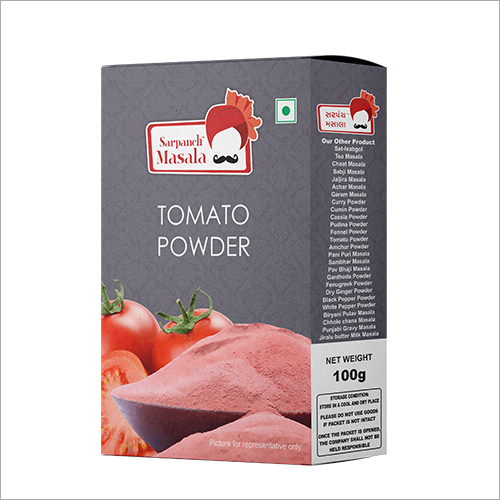
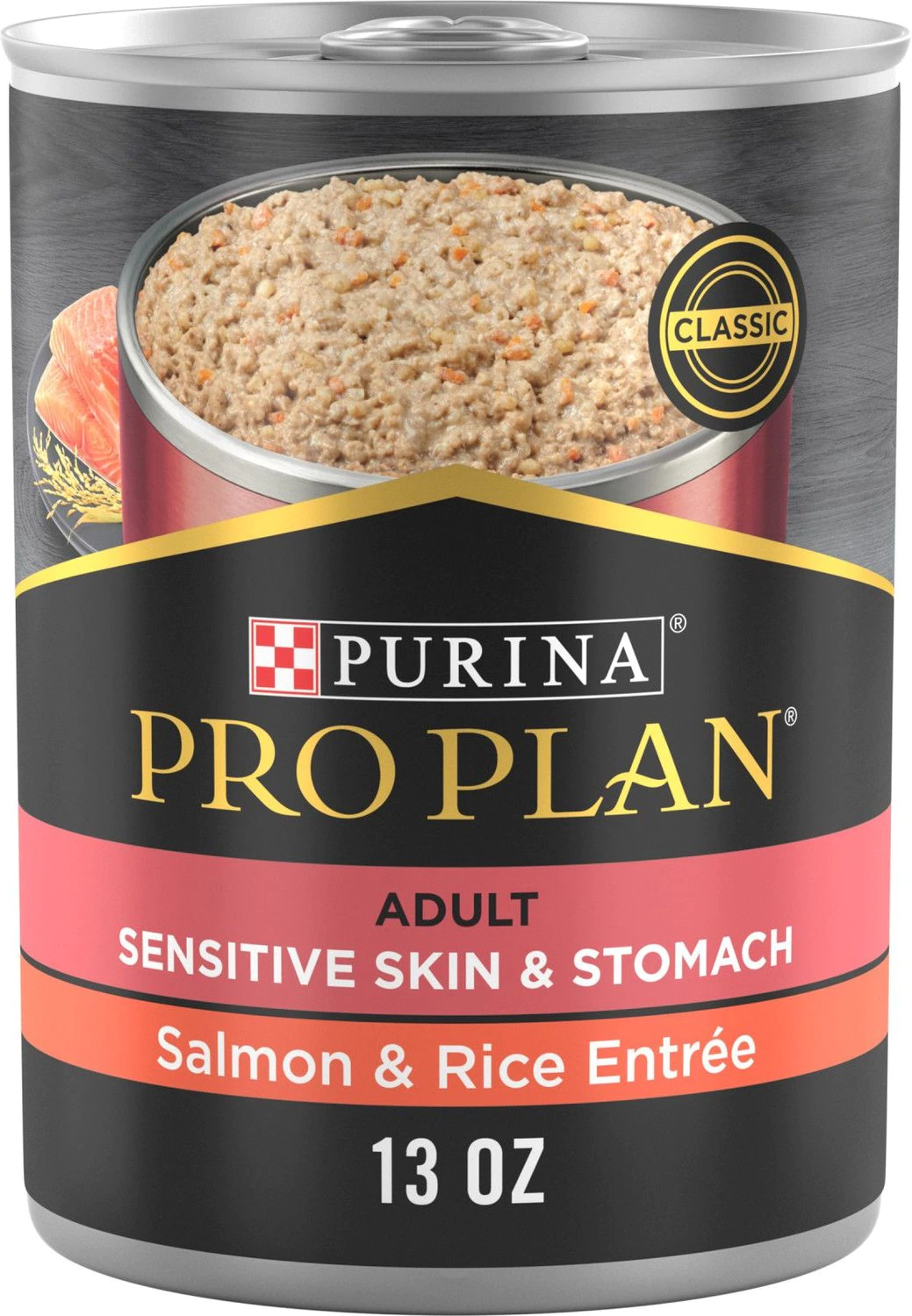
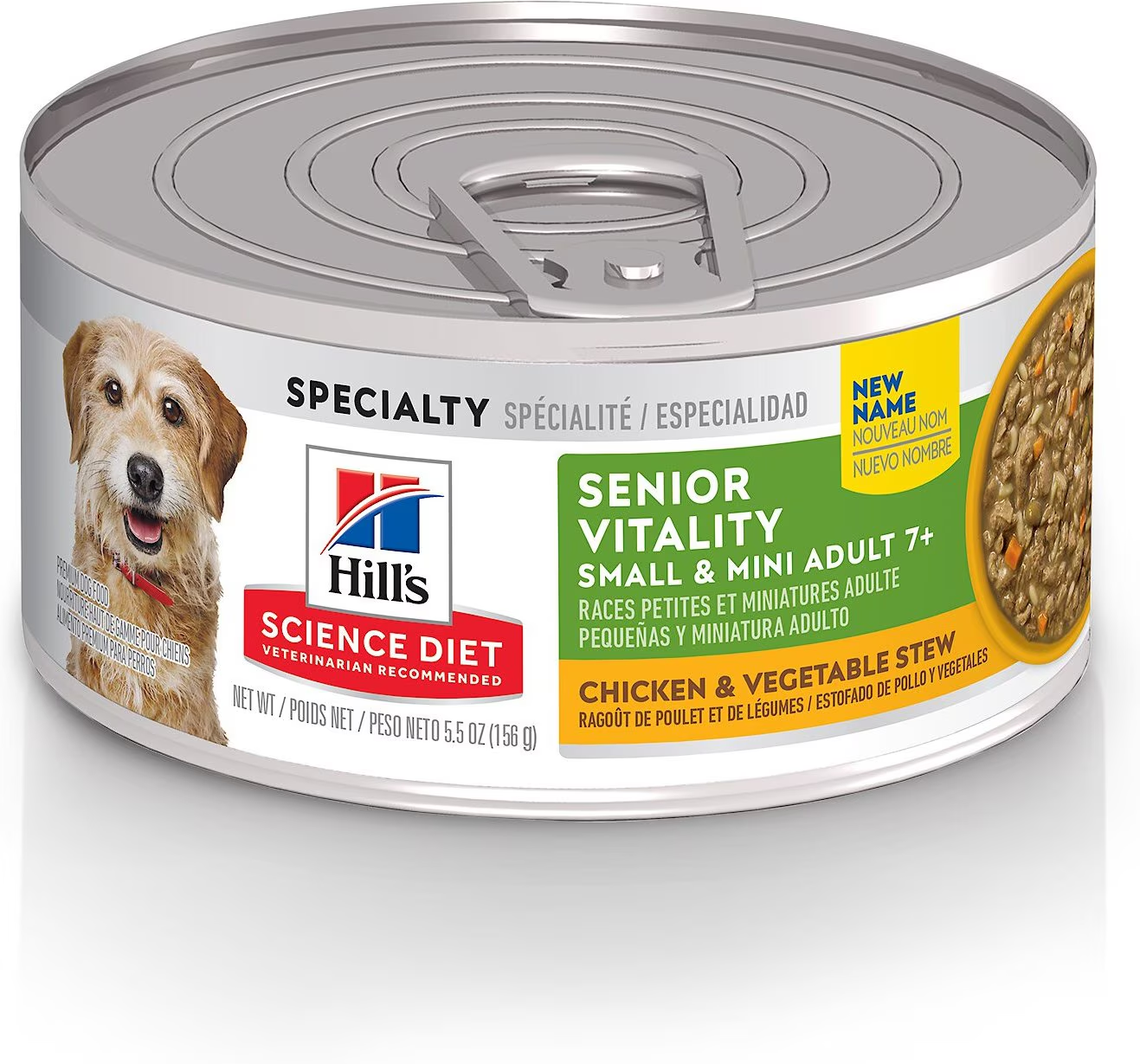
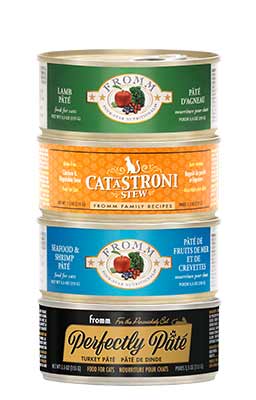
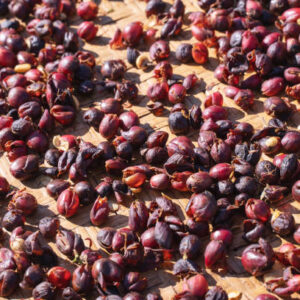
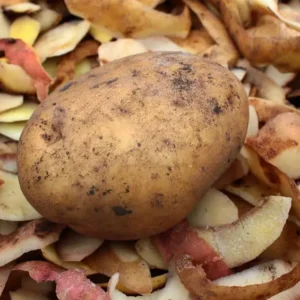
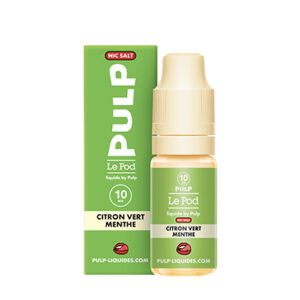
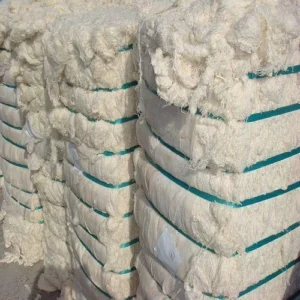



Reviews
There are no reviews yet.